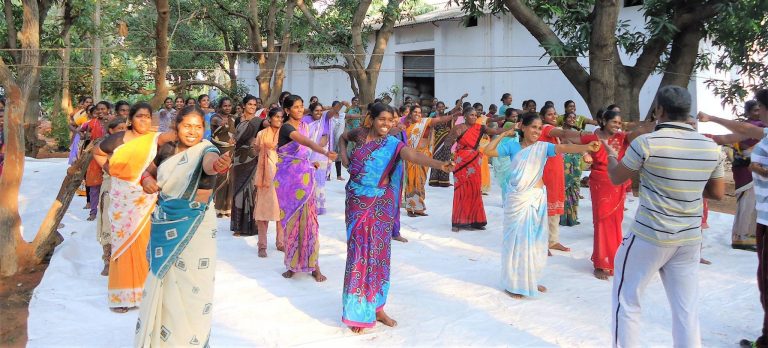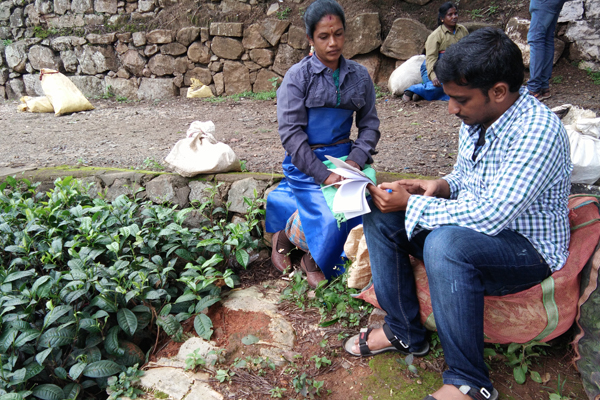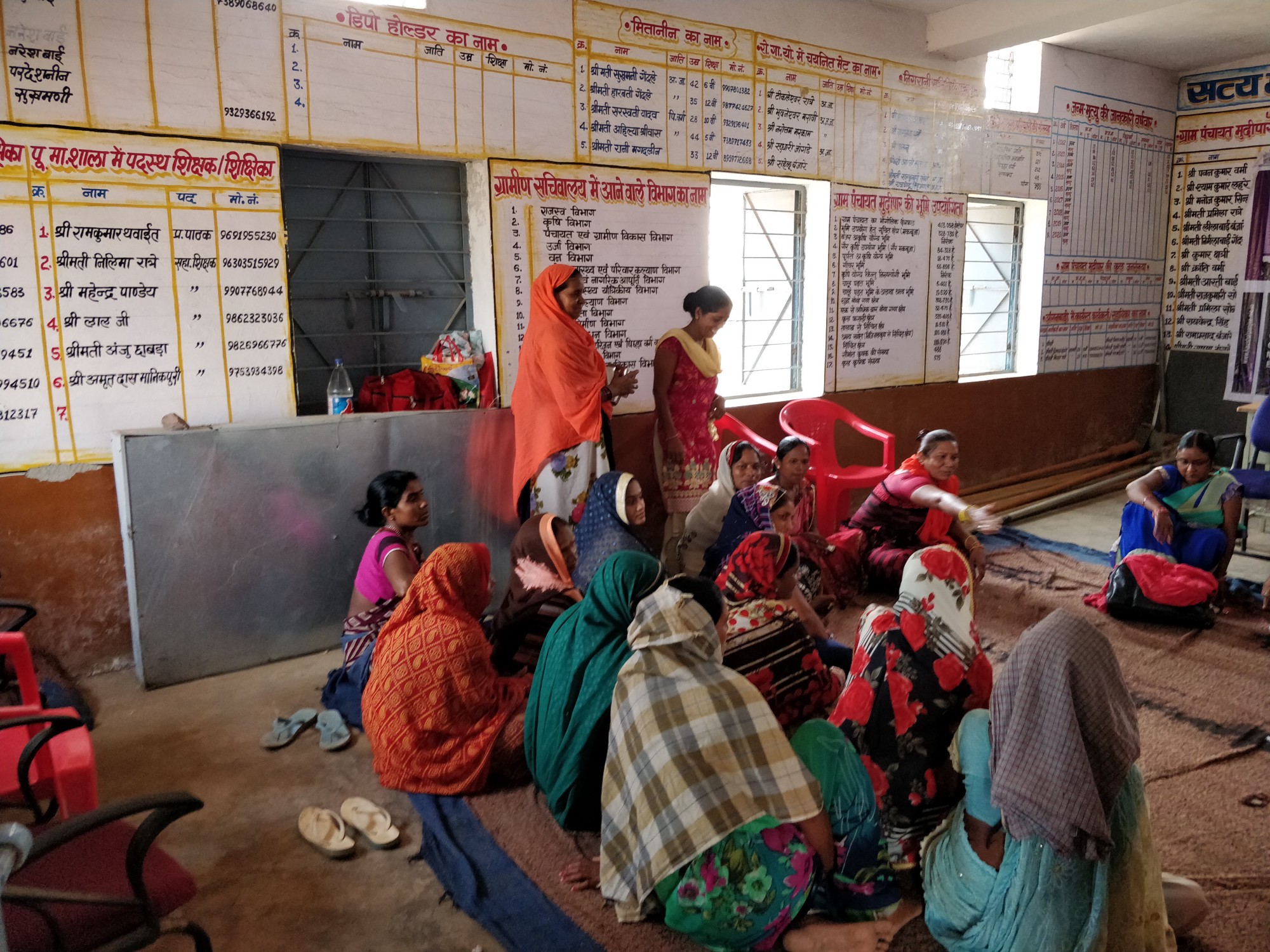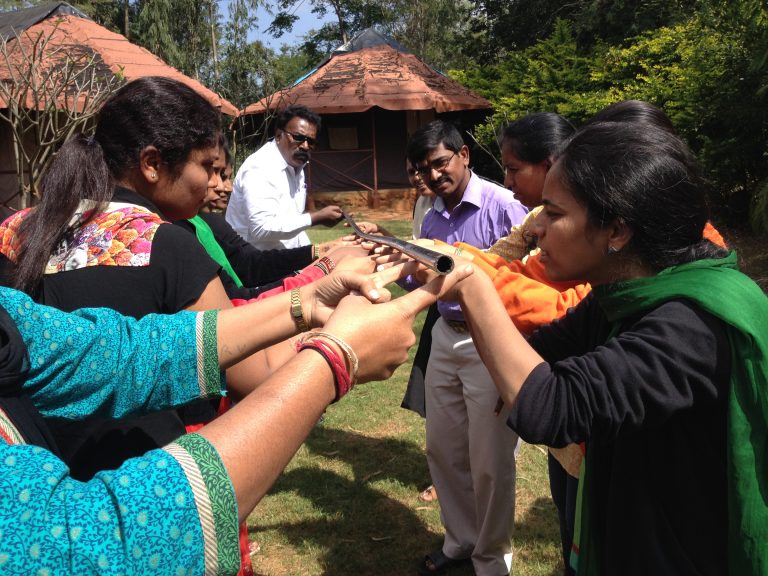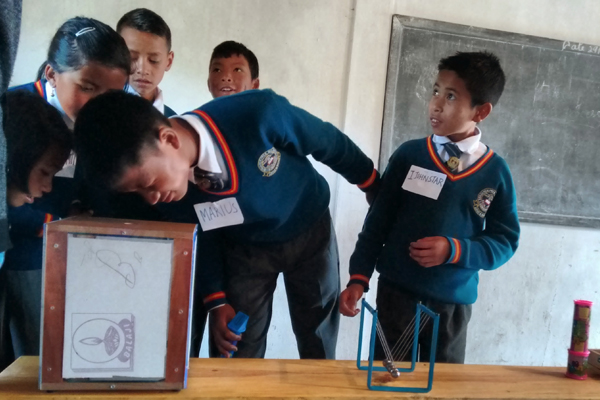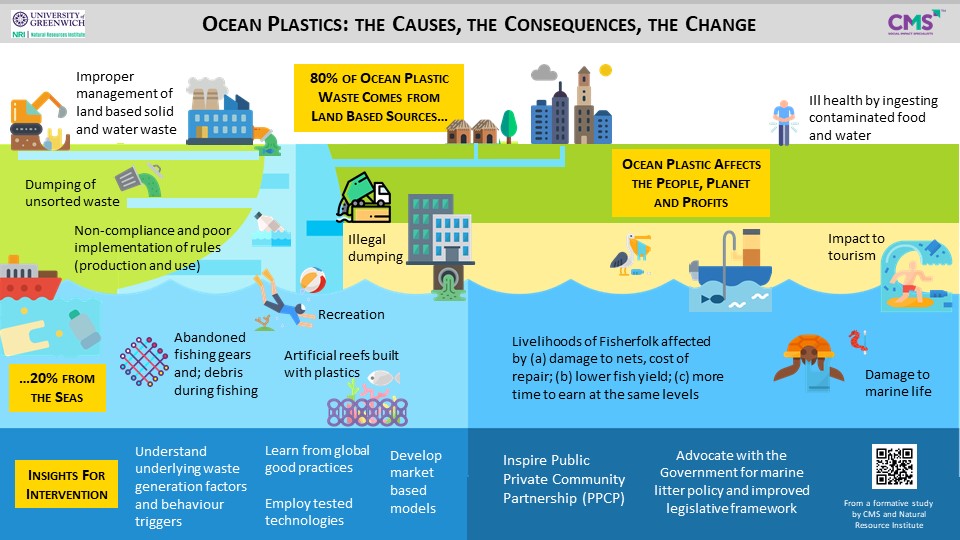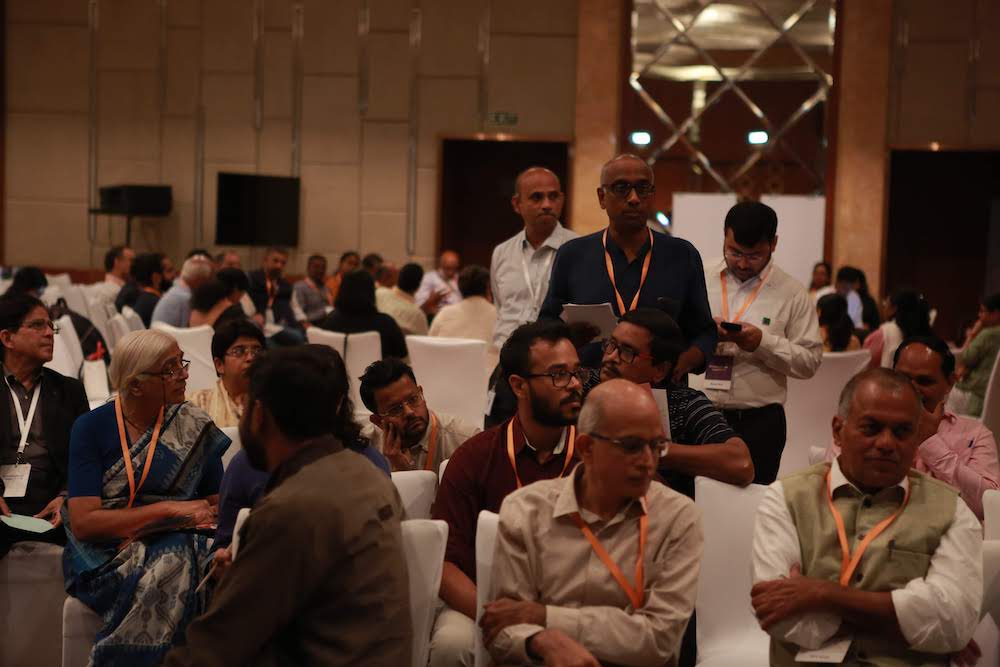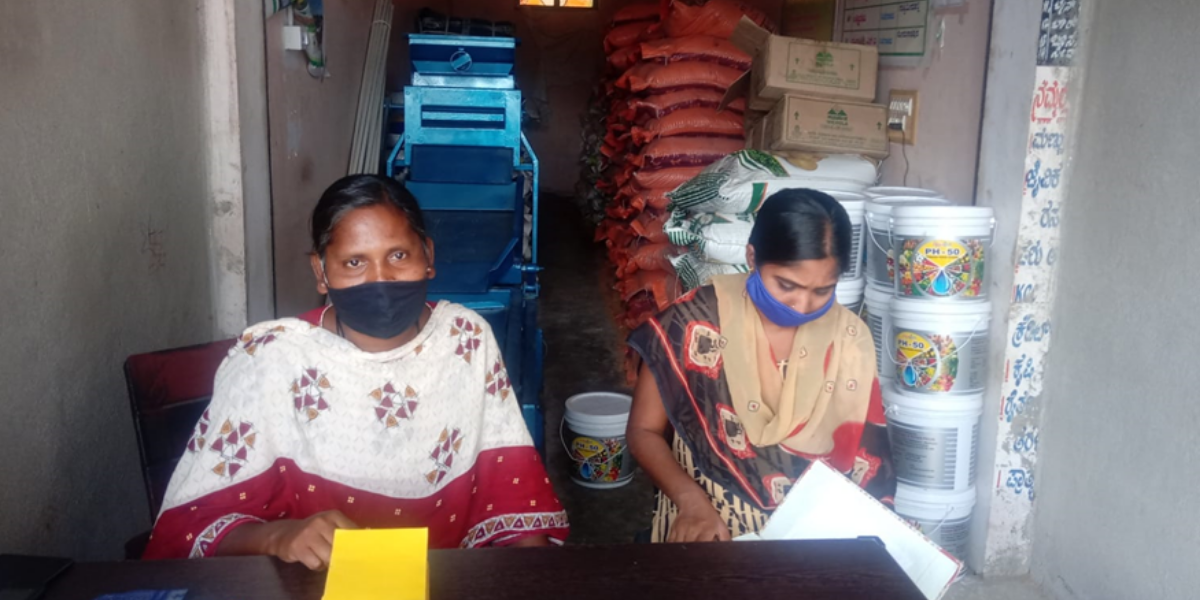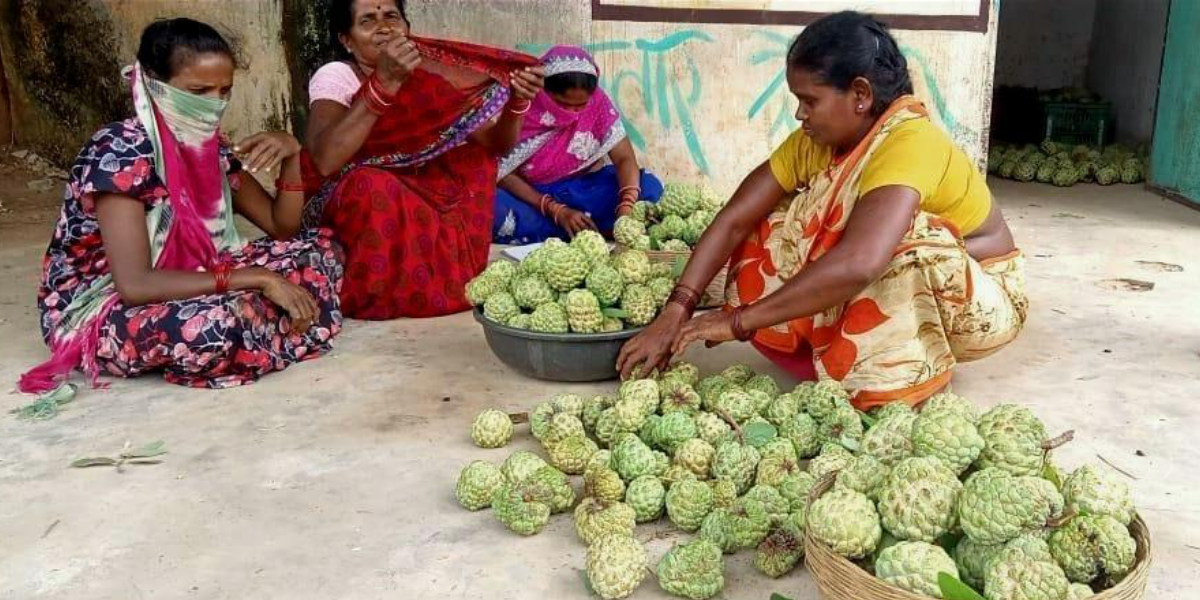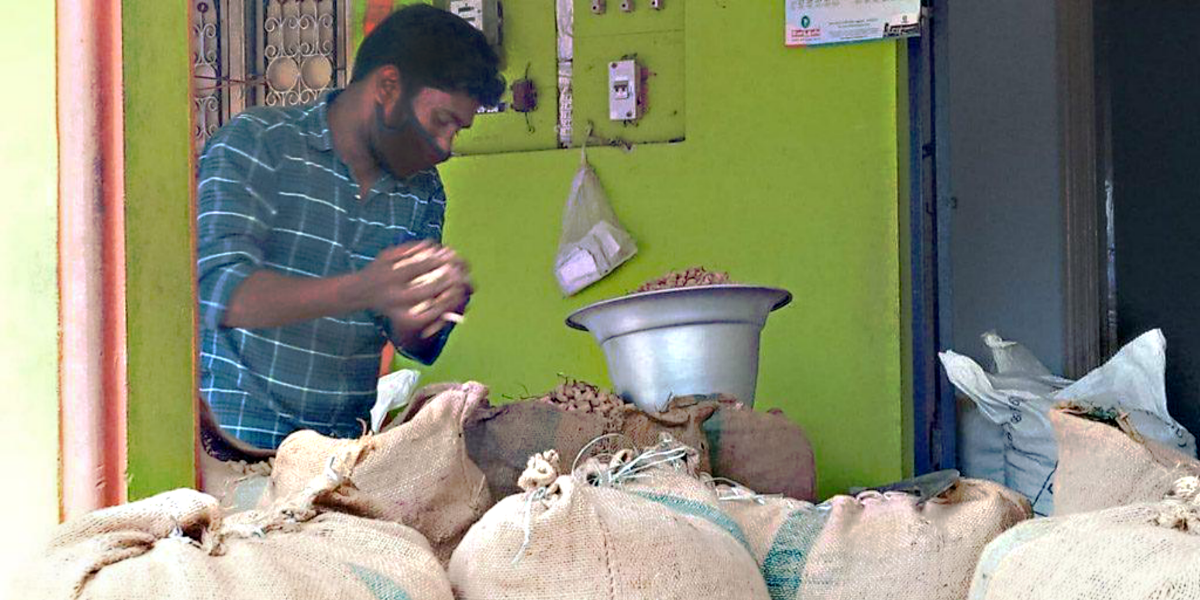WHY CARE FOR ROBUST SECONDARY DATA
Choice of research methodology is largely determined by the research questions — what we want to find out, and what will help us do that best. But practical considerations such as the availability of resources (including the type of data available and the knowledge and skills of the persons undertaking the research) also influence the method we choose to employ.
Data in its various types — primary, secondary, quantitative,qualitative — forms the core of a research study. It is ultimately the quality of data generated that determines the reliability of findings, which, in turn, affects programme outcomes. Between primary and secondary data, the latter tends to be less accurate. Also, unlike primary data, it may not be customised for the specific research need.
Despite its shortcomings, secondary data is used extensively, as it saves time, is cost-effective, and provides initial insights into the research problem. But when working with secondary data, its less reliable nature must be kept in mind. It would make good sense always to thoroughly ascertain if it is accurate enough to play the role assigned to it in the study. Where secondary data analysis informs core programme decisions, this becomes extremely crucial. For instance, if identification and selection of beneficiaries for a programme is based on secondary data, we cannot afford inaccuracy or incompleteness of data. Such a lapse may defeat the very purpose of the programme.
In fact, it is good practice to not base decisions on secondary data alone, especially where accuracies are suspected. Combination methodologies and innovative approaches to generate as precise data as possible should be adopted to enhance reliance, and enable the success of development initiatives.

